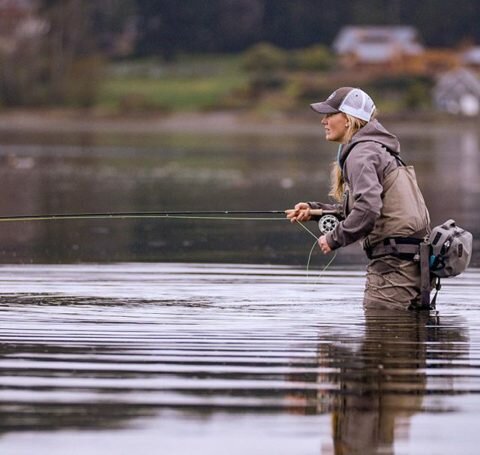
Tell us a little about yourself and how you got into the world of fly fishing?
I learned from my dad and grandfather when I was very young. I grew up with a cabin we spent most weekends at on the Stillaguamish river in Washington state. I learned to fly fish at the age of 8, and I never truly learned to throw a spinning rod until 2016….. Spinning rods scared me. Too easy to knot up.
Did you have a mentor of any kind? Someone that you learned a lot from or was inspired by when fly fishing or fly tying?
I wouldn’t say I necessarily had a mentor, however one person that I highly respect that continues to challenge me in my fly tying even from a few states away is my old work colleague Andrew Grillos. He is also the single best fly naming person I’ve ever met.
How long have you been tying flies?
I taught myself at ten.
What species do you fish for most often these days?
Sea Run Cutthroat and Salmon in Puget Sound
Would you describe a couple of your rod setups? For example, the size and type of fly rod, line, and leader you use?
I use a Sage 690 X rod with a RIO Coastal Quickshooter intermediate fly line or a RIO Outbound with a 5-10’ versileader and a 4 foot section of 10lb fluorocarbon tippet.
Have you designed your own fly patterns?
Yes. All of the flies on my Instagram I’ve created. I have specific Umpqua flies that are copyrighted.
What is your process like when designing a new fly?
There aren’t many things I will admit I am good at. And being self-taught with no formal casting instruction for 25 years I am by no means a perfect fly caster…. But the one thing that has always come very easy to me is tying, and I’ve worked hard at it. There are few baitfish in the world that I can’t look at the fish and duplicate it in a fly form. I have never used recipes, and it bores me to try to follow a recipe. I don’t cook well either for that reason 😉 It challenges me daily to find fish to recreate, and I love the physics involved in order to enable it to ride correctly in the water.
What are some of the things you are thinking about when designing a fly for steelhead specifically?
“Texture and colors” are what I usually like to consider… In that I always want lots of movement in the water, and different forms of movement. I also want different colors that compliment the pattern, yet also give a “depth” to the fly pattern.
What type of fly tying vise do you use?
Beat up old Renzetti Traveler…. One day I’ll upgrade, but this vise won’t die and I love it.
Could you describe a couple of your most memorable fish that you have caught?
I generally look back on certain fish as being memorable not because of the fish necessarily, but because of the company too. One fish was my Clearwater steelhead hooked on a skated muddler. The fish wasn’t that great, but the whole weekend was amazing fishing with my friend and guide Brian Styskal.
I read that you are an encyclopedia of fly tying materials of classic and modern flies. Can you explain a little about this?
I joke with people that I’m a plethora of useless knowledge… I spent decades ordering tying materials for the fly shop I worked at. We were and still are the most eager shop I’ve ever encountered to special order tying materials for customers, which required me to memorize every catalog that came through over the years. I can look at virtually any synthetic and most natural tying material and tell you exactly what it is. I used to have people bring in boxes of materials consistently for me to look over and label what the fur and feathers were.
Do you still fish any classic flies?
Yes. Most are renditions of classics and my own take on them. I love Alec Jacksons Spade fly, the Orange Heron, and Dec Hogans versions of the Akroyd fly. I tie a large number of Dee flies for my own use as well.
Can you explain a little about what spey fishing is for those that do not know?
In general, it is a technique for casting that originally was developed on the river Spey with heavy rods that were upwards of 20 feet initially. It utilizes a water load as opposed to false casting in the air like a single hand rod. Spey casting allows an angler to cast a great distance with little back casting room, and allows more control over the speed of the swing of the fly.
I notice you tie various flatwing flies. Could you explain what that is?
This is a technique for tying that was developed and created by the legendary Kenney Abrames for stripers on the east coast. It is not one fly specifically, but a technique and fishing method. There is nothing I have ever found that fishes the way a correctly tied flatwing fishes. Many claim to tie flatwings… But there is a method to the madness, and without the correct order and specifically placed materials it just isn’t a flatwing.
Thank you for doing this interview for FrankenFly Brita, it was a pleasure!
Brita is a fly fishing guide at The Avid Angler in Washington. She also teaches classes there and works for Far Bank(Sage Rods) full time during the week. Be sure to look her up for your next trip to Washington!
- Travally flies
- Tidepool Sculpin
- Preparing to teach spey casting
- Tarpon caught by Brita
- Summer Steelhead Spey
- Striper fly
- Stinger Squid for Stripers
- Steelhead Flatwing
- Squid
- Shrimp Flatwing
- Sculpin Flatwing
- Nice bow
- Fishing Puget Sound Beach
- Prawn Flatwing
- Popping Squid
- Pike Flatwing
- Pike Flatwing 2/0
- Perch Flatwing
- Orange Squid
- Needlefish Flatwing
- Squid
- Striper
- Searun Cutthroat
- Mantis Shrimp
- Flatwing version of Skagit Mist
- Lavender Spey Flatwing
- Flatwing with synthetics
- Fishing for Searun Cutthroat
- Dolly Varden
- Dark Flatwing Sand Eel
- Concentrating on a flatwing
- Coho Flatwing
- Fall fishing
- Big Squid
- Baby Glass Eel

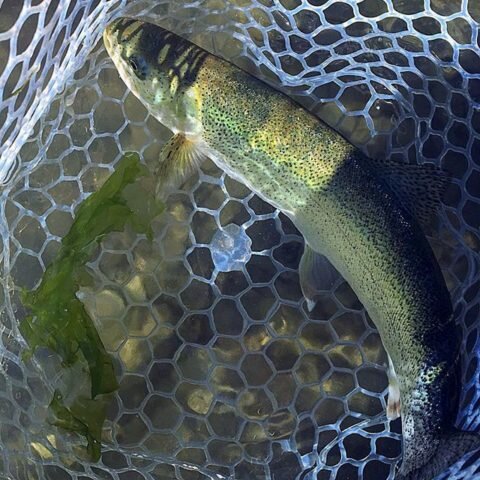
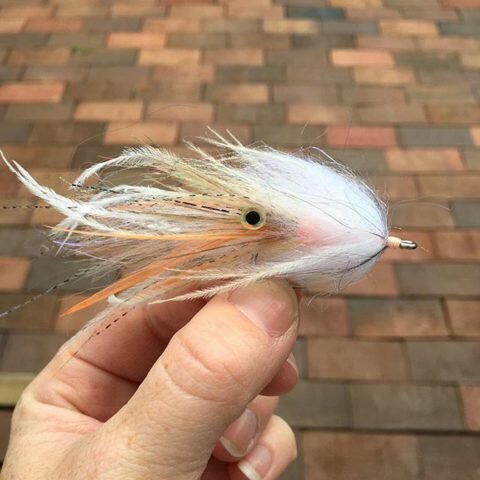
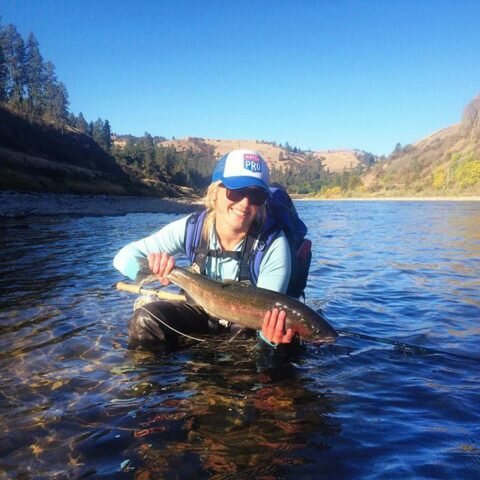
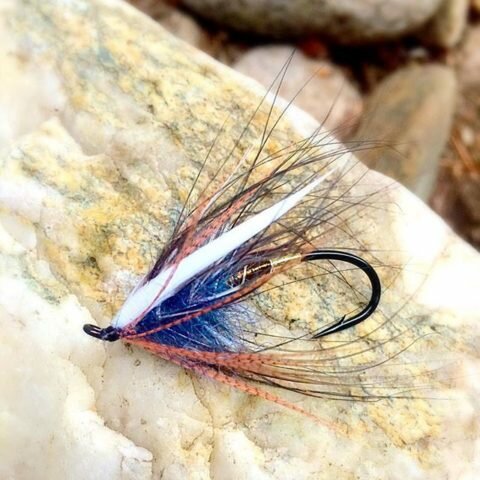
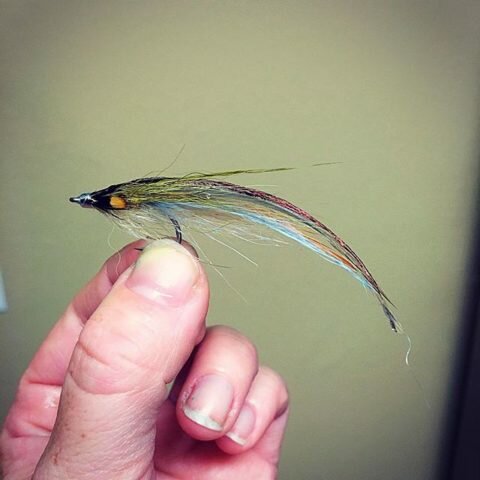

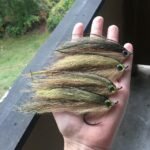
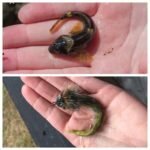
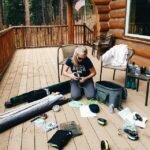
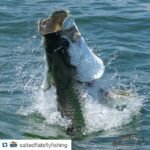
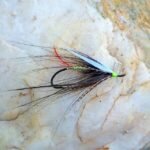
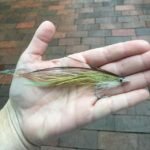

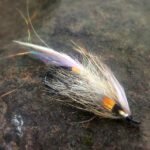
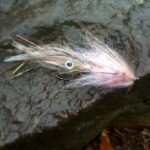
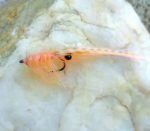
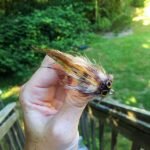
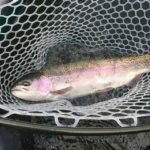
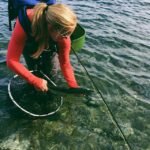
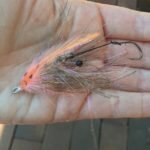
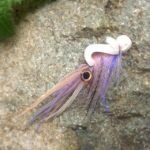
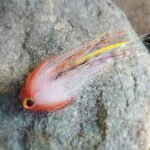
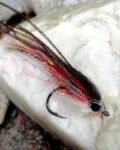
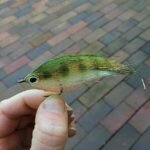
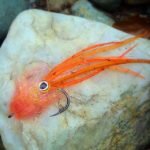
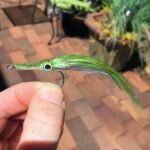

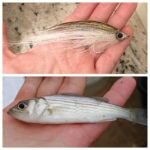
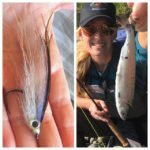
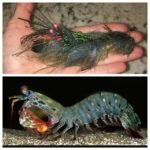
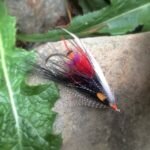
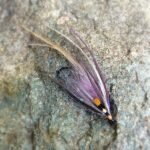
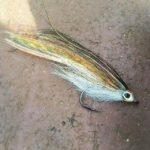

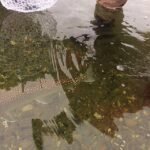
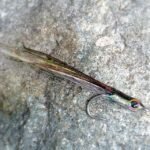
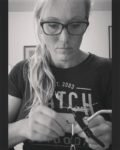
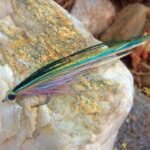
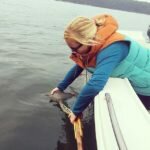
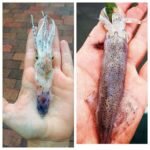
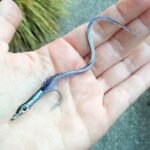

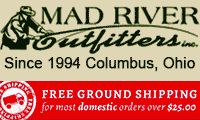
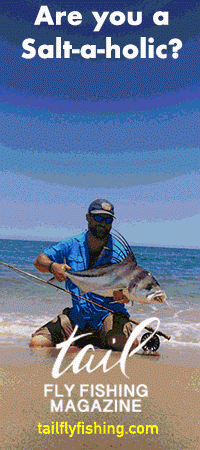
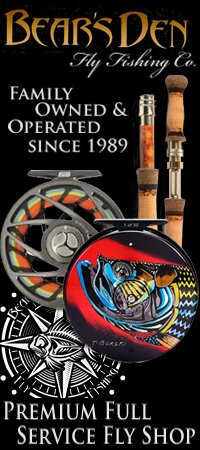

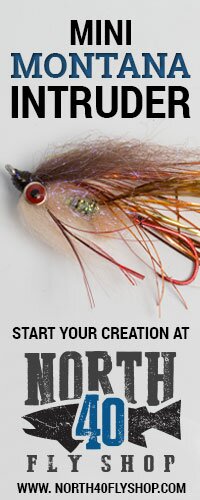
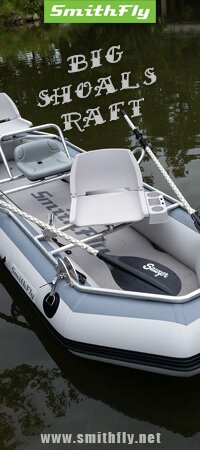


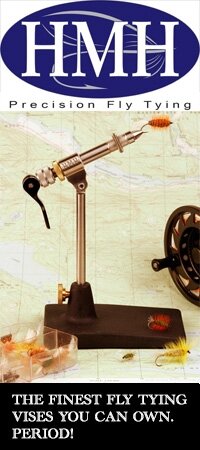


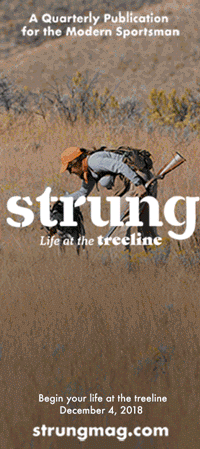
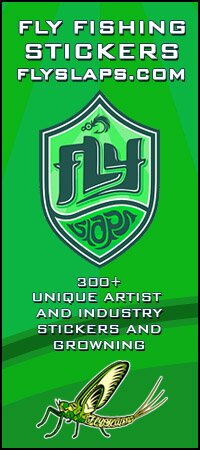


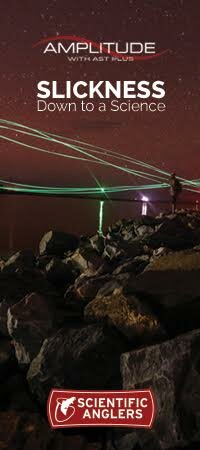
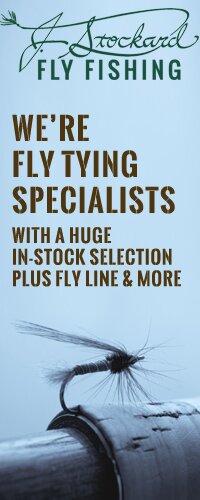


Paul or Brita,
Is there a book available on tying flat wings?
Great interview!
I checked with Brita and she says, “The bible: Kenney Abrames “A Perfect Fish”
-Paul
Thanks Paul and Brita!